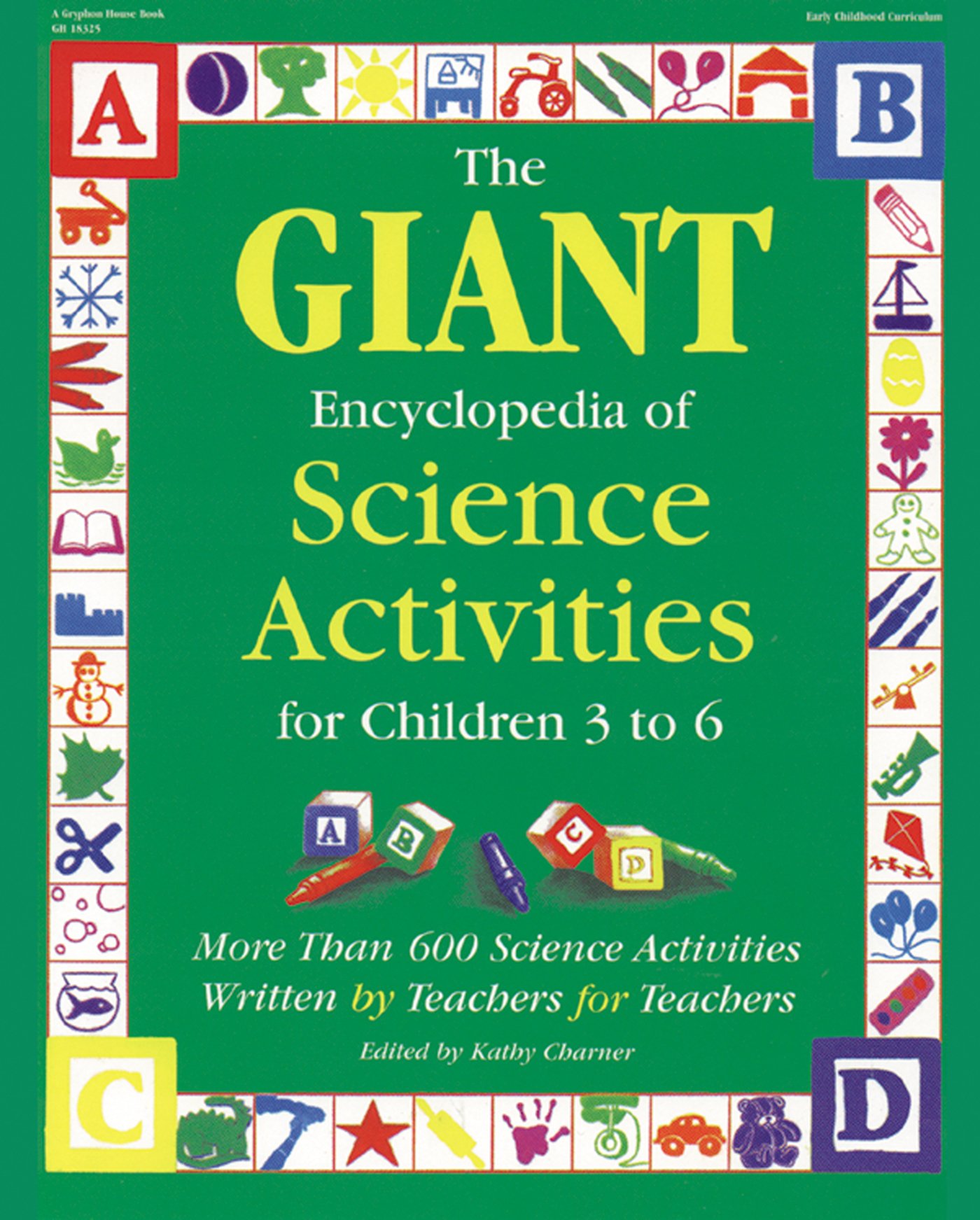Materials
Painting shirts Tables covered with butcher paper or newspaper
Easel paper Finger painting paper
Finger paints in primary colors: red, blue and yellow Sponge and bowl of water
Colored construction paper Dish tub of warm soapy water
Dish tub of warm clear water Cloth or paper towels
Color wheel, optional
Instructions
1. Tell the children that there are three primary colors: red, blue and yellow. Explain the word "primary" means first and these colors are the first colors because when they are mixed together, they make other colors called secondary (second) colors. Tell them that today they are going to mix two of the primary colors to find out what secondary colors they make.
2. Divide the children into small groups.
3. Taking one group at a time, ask the children to put on painting shirts and roll up their sleeves.
4. On a covered table, place a sheet of easel paper and on top of that, a smaller sheet of finger painting paper.
5. Write the child's name on the back of the finger painting paper.
6. Wet each paper with a wet sponge and let the child pick two colors. Put 1 tablespoon (15 ml) of each color on his paper. If you are using tempera, also add 1 tablespoon (15 ml) of liquid starch.
7. Let the children use their hands to mix the paint and create a new color.
8. When the children are finished, lift the painting by the easel paper to dry elsewhere.
9. At another table, have an adult help each child make handprints on the colored construction paper before the paint on their hands dries.
10. Ask each child as he finishes to wash his hands in the warm soapy water, then rinse in the clear water and wipe on a towel.
